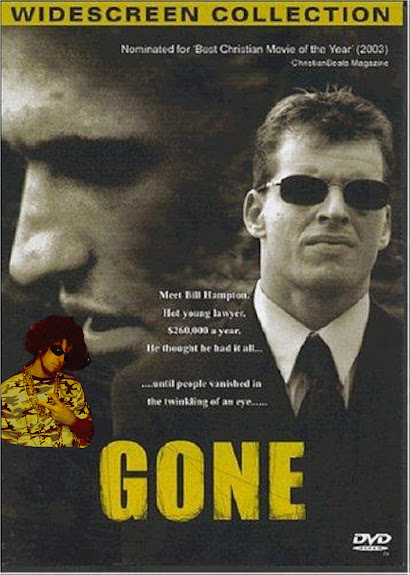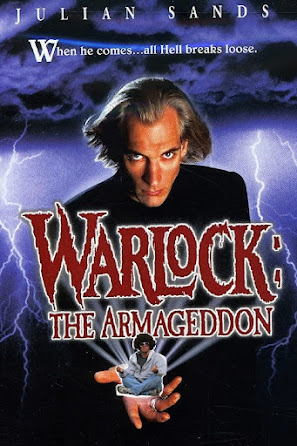Ever read a book and ask yourself "what the hell did I just read?"? Not in the way that it wasn't in English, or didn't make sense, but in the way that it was such a trip that you are taken back and knocked on your heels from the sheer insanity of the written word.
From the simple premise of a man driving from Florida to Ohio to pick up his dog comes a wild adventure featuring roadside explosions, deals with the Devil, stolen wiener mobiles, and copious amounts of drug use.
I met Lance at a convention a few years ago. He is a very creative and interesting artist and author. His stuff borders on the weird. Correction: his stuff is weird. Very weird. In a fun way. In a crazy road trip through a hurricane trying to find a basset hound via a spiritual connection sorta way. But you have to stop off in small town Tennessee first to pick up your soul because you traded it for a one-night stand with a bar wench.
If that makes sense, or if that piques your interest in any way, shape, or form, I highly recommend you pick up Smashed, Squashed, Splattered, Chewed, Chunked, and Spewed anywhere weird books are sold.









